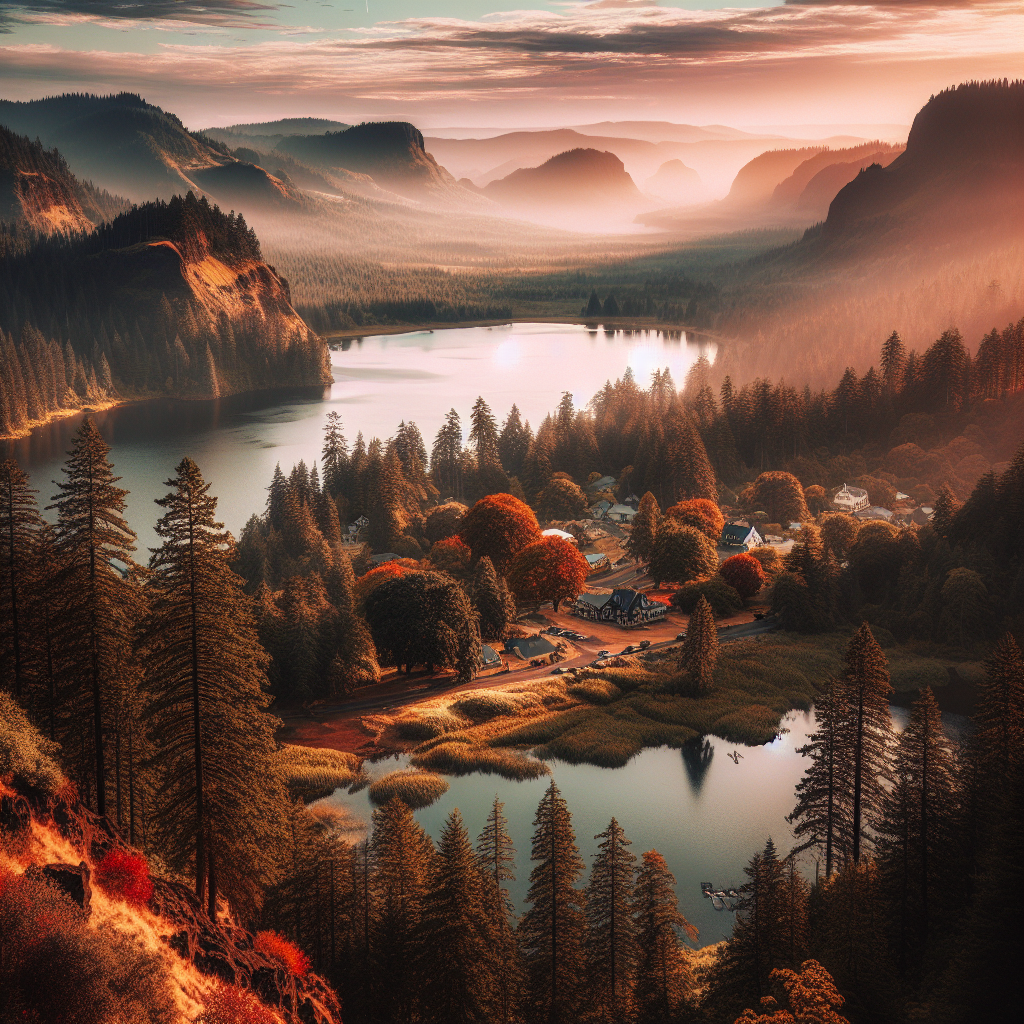A Locals’ Guide to Oregon’s Indigenous-Owned Businesses and Art
In the beautiful state of Oregon, traditions run as deep as the Columbia River. At the heart of these traditions are our indigenous communities, whose rich heritage and artistic expression are woven into the very fabric of our way of life. Let’s stroll together through the best of Oregon’s indigenous-owned businesses and art, uncovering some hidden gems that every Oregonian should learn to appreciate.
1. Mahonia Vineyard
Start your journey by sipping on the fruits of the land at the Mahonia Vineyard. This Salem-based winery is owned by the Confederated Tribes of Grand Ronde and offers robust Merlots, bright Chardonnays, and more. Tour their sprawling vineyards for a lovely afternoon getaway or join their wine club to regularly experience their delicious offerings.
2. The Klamath Art Gallery
Located in Klamath County, the Klamath Art Gallery exhibits the works of local indigenous artists. Ceramics, paintings, beadwork, you’ll find it all here. Rumor has it, if you time your visit during local art festivals, you might even meet the artists behind the masterpieces.
3. Celilo Indian Salmon Bake

To get a taste of authentic indigenous cuisine, head to Celilo Indian Salmon Bake in Hood River county. Their salmon dishes, cooked traditional indigenous style on open fire pits, are a must-try. Don’t forget to pair your meal with some local Oregon-grown fruits, especially the strawberries in early summer.
4. Wildhorse Resort and Casino
Out in Pendleton, the Umatilla tribe owns and operates the Wildhorse Resort and Casino. Not just for gambling enthusiasts, this resort offers a top-rated golf course, a cineplex, and an array of dining options. Also, its Indigenous cultural exhibits dazzle visitors with stories of the tribe’s rich heritage.
5. Crow’s Shadow Institute of the Arts
Also in Pendleton, the Crow’s Shadow Institute of the Arts is no ordinary art center. Established by the Umatilla Tribe, this institute offers artist residencies, primarily focusing on printmaking. Visit their gallery or even participate in a workshop to get a real sense of indigenous artistic flair.
6. Indian Beach at Ecola State Park
For those who love a little outdoor adventure, head over to Indian Beach in Ecola State Park. It’s a favorite among local surfers and reflects the deep-rooted native history of the area. Just a short hike from the parking lot and you’ll be gazing upon an untouched Oregon coast vista.
7. Umatilla Indian Reservation’s Tamástslikt Cultural Institute
Make a stop at the Tamástslikt Cultural Institute inside the Umatilla Reservation. The museum brilliantly covers 10,000+ years of tribal history and has interactive exhibits even the little ones will adore. Their gift shop is a goldmine of Indigenous crafts and jewelry.
8. The High Desert Museum
The High Desert Museum near Bend houses a permanent exhibition, “By Hand Through Memory”, which takes you on a journey of the Northern Paiute people. These stories of the struggles and triumphs that have shaped the tribe are simply a must-see for everyone.
9. Nez Perce Wallowa Homeland
This Wallowa-based outdoor interpretive center is keeping the Nez Perce Tribe’s traditions alive. Spend the day experiencing a traditional powwow, visiting Chief Joseph’s gravesite, or partaking in a traditional craft workshop.
10. Confederated Tribes of Warm Springs’ Artisan Retail Shop
To bring home a piece of Oregon’s Indigenous heritage, stop by the Confederated Tribes of Warm Springs’ Artisan Retail Shop. You’ll find everything from hand-woven baskets to silver jewelry. Each item reflects the skills and soul of Oregon’s Indigenous culture.
Exploring Oregon through its indigenous-owned businesses and art will allow you to participate in an authentic local experience, cemented in ancient traditions and rich cultural heritage. From the delicious salmon bakes to each expressive art piece, you’ll find stories reflective of this place we lovingly call home. And remember, every purchase, visit, or participation is a salute to their endurance, creativity, and an essential part of Oregon’s diverse tapestry.
